It looks like you're using an Ad Blocker.
Please white-list or disable AboveTopSecret.com in your ad-blocking tool.
Thank you.
Some features of ATS will be disabled while you continue to use an ad-blocker.
12
share:
The longest partial lunar eclipse of the century will take place in a little less than 2 weeks, on the night of Thursday, November 18th (early morning
Nov. 19). The frost moon will be in the Earth's shadow for 3 hours and 28 minutes, and though it is not a total lunar eclipse, the shadow will cover
about 97% of the full moon's surface.
timeanddate.com has some nice interesting interactive graphics/maps, for any/all upcoming eclipses. If you click your location, it will give you the exact times and what you will be able to see, and the weather forecast. Looks like some possible light sprinkles with decreasing cloudiness for me.
LIVE Stream: Partial Lunar Eclipse November 18-19, 2021
Path and Visibility (Globe) - November 18/19, 2021 Partial Lunar Eclipse
Eclipse Map - November 18–19, 2021 Partial Lunar Eclipse
Penumbral Eclipse Starts 6:05 am UTC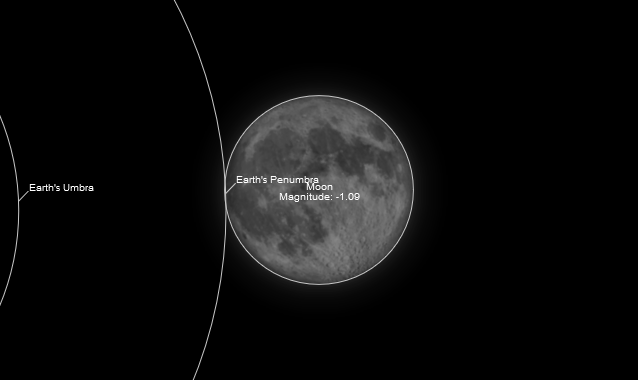
Partial Eclipse Starts 7:19 am UTC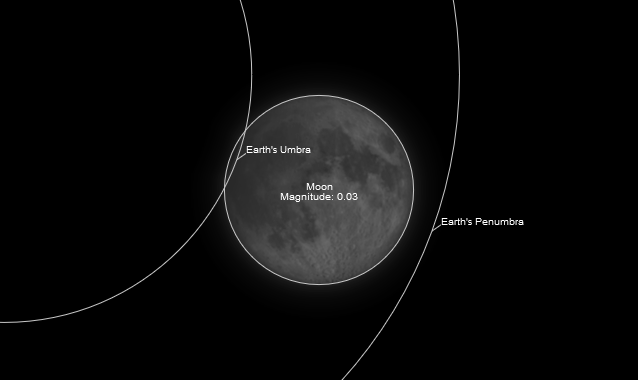
Maximum Eclipse 9:04 am UTC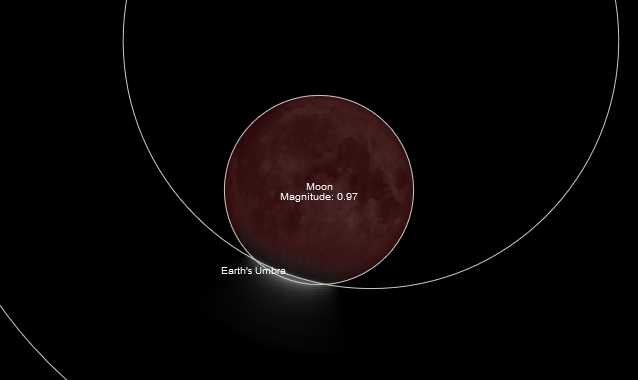
Partial Eclipse Ends 10:48 am UTC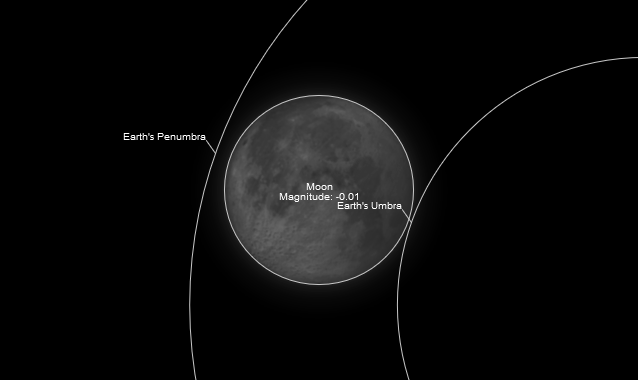
Penumbral Eclipse Ends 12:05 pm UTC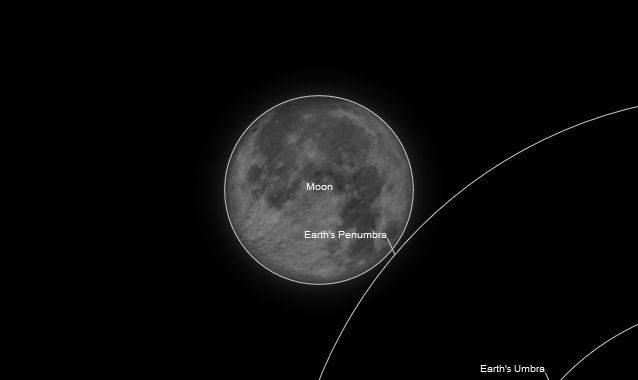
I guess this will be what I will see around 4:05 am, weather permitting of course.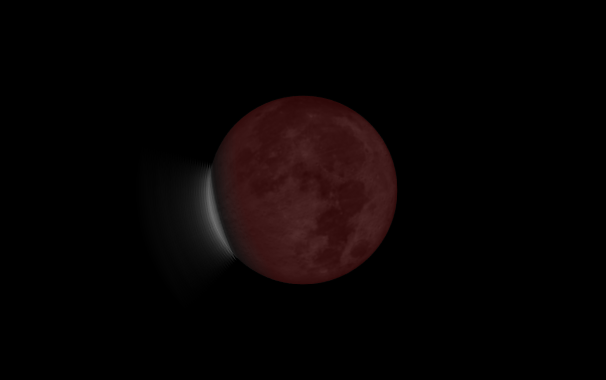
I assume the NASA Youtube channel will also have a live stream.
www.youtube.com...
NASA says weather permitting, "a huge swath of the planet" will be able to see the eclipse — including North and South America, Eastern Asia, Australia and the Pacific region — and it can occur earlier or later, depending on your time zone.
U.S. East Coast observers can begin to see it after 2 a.m., and it will reach maximum visibility at 4 a.m. West Coast observers can start to see it just after 11 p.m., with a maximum at 1 a.m., according to NASA.
www.msn.com...
NASA will have a livestream of the lunar eclipse, which will cover almost 97% of the full moon's surface.
www.timeanddate.com...
timeanddate.com has some nice interesting interactive graphics/maps, for any/all upcoming eclipses. If you click your location, it will give you the exact times and what you will be able to see, and the weather forecast. Looks like some possible light sprinkles with decreasing cloudiness for me.
LIVE Stream: Partial Lunar Eclipse November 18-19, 2021
Path and Visibility (Globe) - November 18/19, 2021 Partial Lunar Eclipse
Eclipse Map - November 18–19, 2021 Partial Lunar Eclipse
Penumbral Eclipse Starts 6:05 am UTC

Partial Eclipse Starts 7:19 am UTC

Maximum Eclipse 9:04 am UTC

Partial Eclipse Ends 10:48 am UTC

Penumbral Eclipse Ends 12:05 pm UTC

I guess this will be what I will see around 4:05 am, weather permitting of course.

I assume the NASA Youtube channel will also have a live stream.
www.youtube.com...
a reply to: BrokenCircles
Here's a list of other upcoming November celestial events as well. 😊
youtu.be...
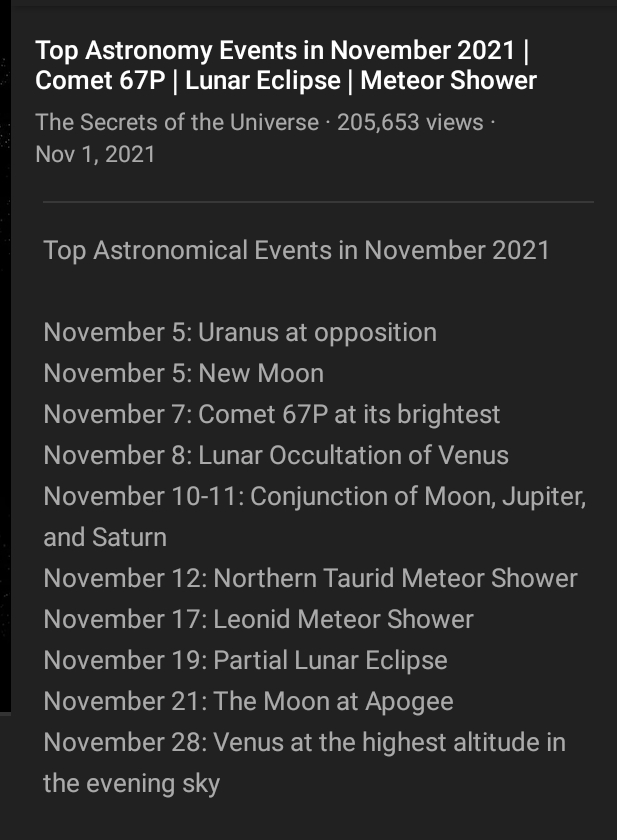
Here's a list of other upcoming November celestial events as well. 😊
youtu.be...

Ah man you beat me to it by weeks, if I knew before I would have linked this thread in mine or rather added to this one.
edit on 19.11.2021 by ThatDamnDuckAgain because: (no reason given)
new topics
-
The trial on kids was stopped
Medical Issues & Conspiracies: 2 hours ago -
Orbs Appear And Form Triangle On Live Cam.
Aliens and UFOs: 3 hours ago -
Biden Has New Bizarre Injuries to His Face
Politicians & People: 5 hours ago -
Something is not adding up in regards to the H-1B commotion
General Conspiracies: 5 hours ago -
Elon Musk Calls for Tommy Robinson to be Freed - and Takes a Dig at Starmer
Politicians & People: 6 hours ago -
Biden to award Presidential Citizens Medal to Liz Cheney and Bennie Thompson
US Political Madness: 6 hours ago
12
